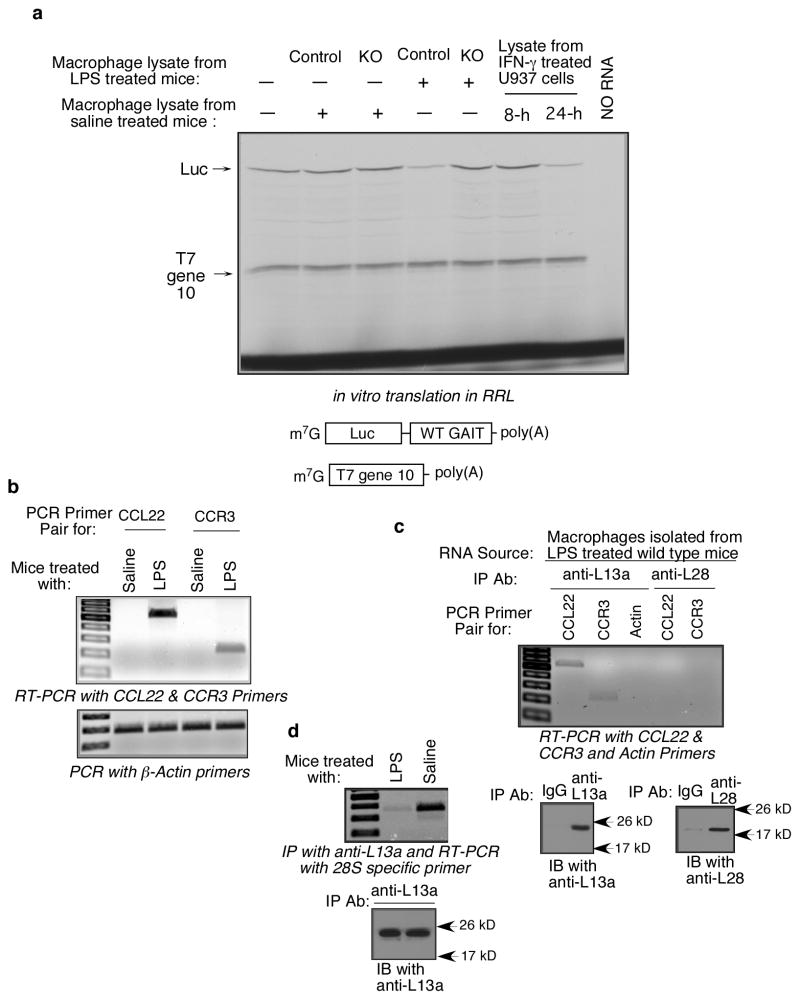Figure 9. LPS treatment of the animal activates GAIT element mediated translational silencing activity, in vivo association of L13a with the target mRNAs and release of L13a from 60S ribosomal subunit.
a, The designs of the GAIT element containing reporter luciferase RNA and control T7 gene 10 RNA are at the bottom. These RNAs are in vitro translated in rabbit reticulocyte lysate in the presence of lysates made from the macrophage harvested from control or KO mouse after treatment with LPS or saline. Lysates made from U937 cells treated with IFN-γ for 8 or 24 hr were used as a positive control. An aliquot of the translation reaction mixture was subjected to SDS-PAGE followed by autoradiography to see the translated product of the reporter RNA. b, c, Macrophages from LPS treated wild type mice show in vivo association of CCL22 and CCR3 mRNA with L13a. RT-PCR of the total RNA isolated from the macrophages of LPS treated mice shows induction of CCL22 and CCR3 mRNA (b). Aliquots of these lysates were subjected to immunoprecipitation with anti-L13a or anti-L28 antibodies using Seize X immunoprecipitation kit (Pierce) to avoid contamination from light and heavy chain. RNA was extracted from the immunoprecipitates followed by RT-PCR with specific primers (c, upper panel). The efficiency of the immunoprecipitation was confirmed by immunoblot analysis (c, lower panel). d, Reduced association of L13a with 60S ribosomal subunit in the macrophages from LPS treated mice. Macrophages isolated from either LPS or saline injected mice were subjected to immunoprecipitation using anti-L13a antibody. An aliquot of the immunoprecipitate was subjected to RT-PCR with mouse 28S rRNA specific primer (upper panel). The other aliquot was subjected to immunoblot analysis using anti-L13a antibody (lower panel).

